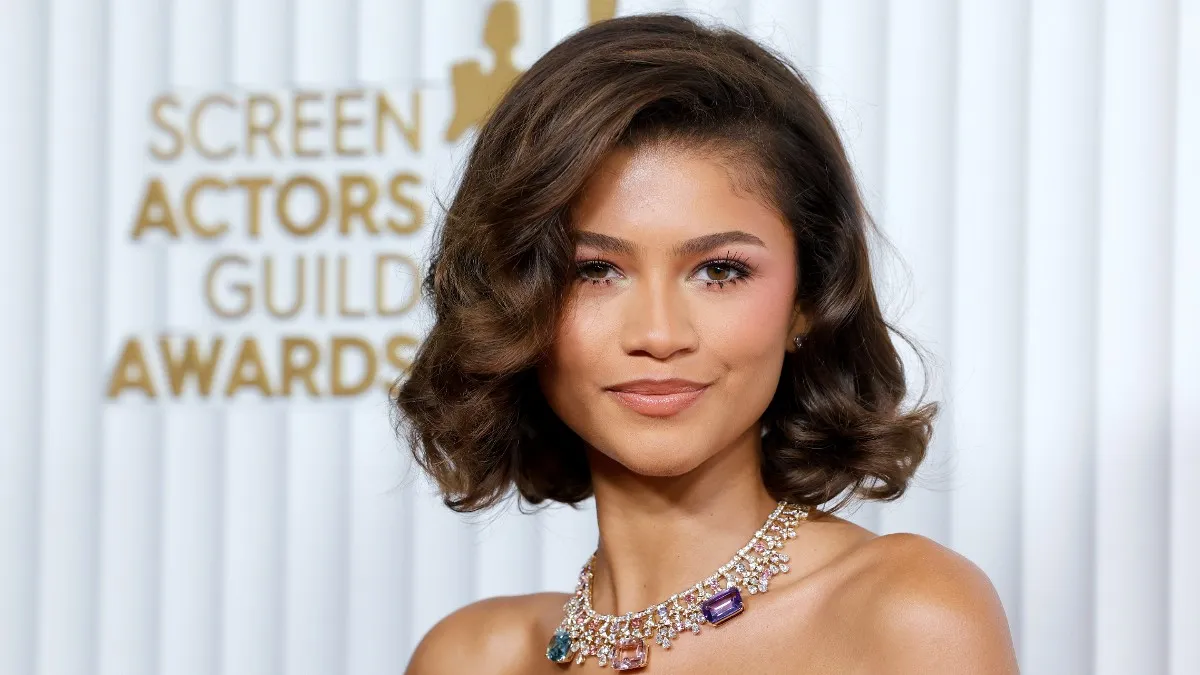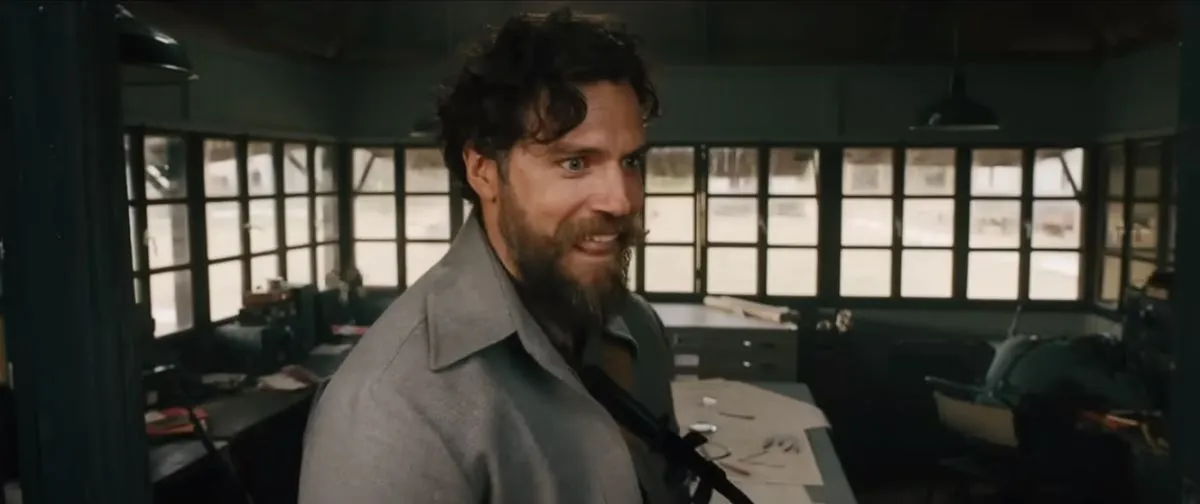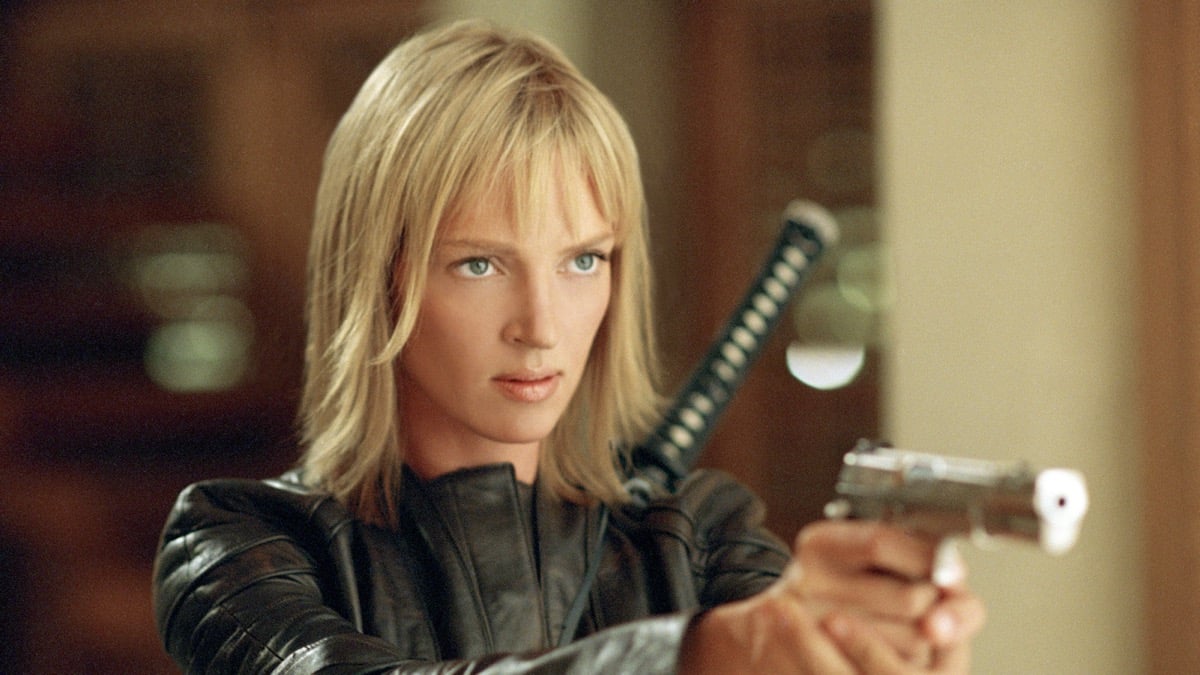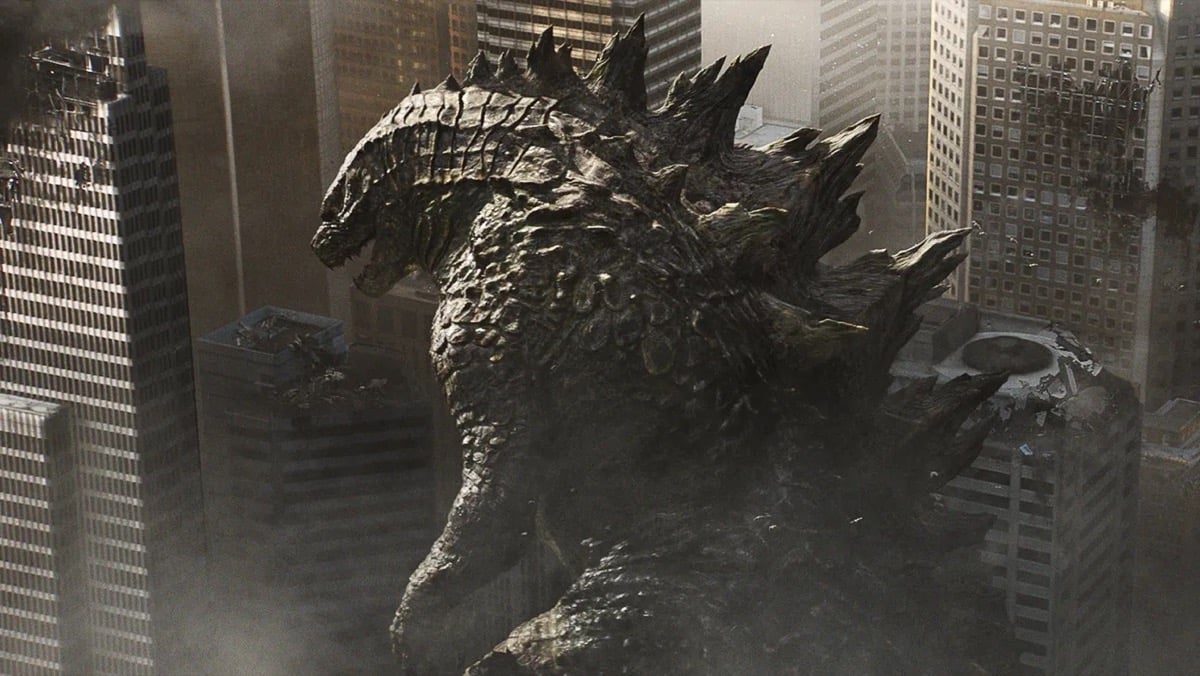One of my favorite video creators on TikTok, Connor Bear (a.k.a. @Connorbearox), looks deeply at different forms of Native representation in media. While the Lumbee Tribe member focuses mostly on the boundaries of the U.S. and the nations within it, sometimes Bear extends to contemporary Canada, Mexico, and other parts of North America. In his most recent episode, he covered three examples of Indigenous representation in one of my favorite comedies of all time—What We Do in the Shadows.
My first thought was the scene where they called out Twilight, but I didn’t expect the antics of Laszlo Cravensworth (played by Matt Berry) to be in the mix?! Because Māori creative Jemaine Clement created the show and was one of the writers, I figured it would be for a good reason, and yes, yes it is.
Laszlo may have many flaws, but failing to engage with the history of a place is not one of them. Bear explains that in early on in the show, Laszlo calls the NYC “Manahatta” and refers to the people there as the residents of “Manahatta.” When the Dutch landed on the shores of what is now referred to as Manhattan, the Lenape people’s name for it was “Manahatta.” It wasn’t just Laszlo emphasizing words (even those one-syllable words like Yeeaauuuhhhss), but acknowledging the original inhabitants of the land. Some Lenape people today say “Welikia” (“my good home”) and then the borough name.
Like Bear says, the rough translation is “island of many hills” or “hilly island.” The Lenape region spanned most of southern New York, all of New Jersey, and parts of Pennsylvania, Connecticut, and Delaware. The settler colonialism imposed by the Dutch people displaced the Lenape, and now mostly live in places like Delaware and Canada. Now 2% (about 180,00) New York City residents are Indigenous Americans from several nations.
Beyond respectful nods, Bear reminds us that this is also a subtle world-building and gives us a peek into Laszlo’s history. Now we know the rapscallion either came over in the 1500s, or at least visited Manahatta for a bit before returing. This character is both an open book and someone who, when they speak, often leaves me with more questions than when he started. So this information and other clues uncovered are very much appreciated.
Guillermo the G.O.A.T.

Bear spends the last part of the video talking about Guillermo del la Cruz (played by Harvey Guillén) being mestizo and how it is also great to have characters of Indigenous heritage casually, too. Some in the comments pushed back on this, citing that culturally, in Mexico (and other countries that used Spain’s caste system), it’s a word that doesn’t denote someone claiming to be racially Indigenous.
The way I’ve come to understand it, the popular consensus is that it’s moreso claimed when you engage with cultural customs and a tribe, and is separate from lineage. It’s a mixed bag because to be able to engage is also a privilege not afforded to many due to racist laws and anti-Indigenous sentiments still present today across the Americas. The word’s meaning also shifts in culture. It’s as messy as a conversation as the U.S. politics of tribal affiliations and The One Drop Rule.
Regardless of whether Guillén identifies as Indigenous (culturally, not ancestrally), his character engages with it lightly in the show. (Obviously, second to his big lineage reveal at the end of the first season!!) This choice to engage with indigeneity with Guillermo even a smidge—just like all other parts of Bear’s video—is a reflection of the diverse writing team, producers (that includes frequent Clement collaborator Taika Waititi) and the cast of the show.
(via @ConnorBearOx on TikTok, featured image: FX)
—The Mary Sue has a strict comment policy that forbids, but is not limited to, personal insults toward anyone, hate speech, and trolling.—









